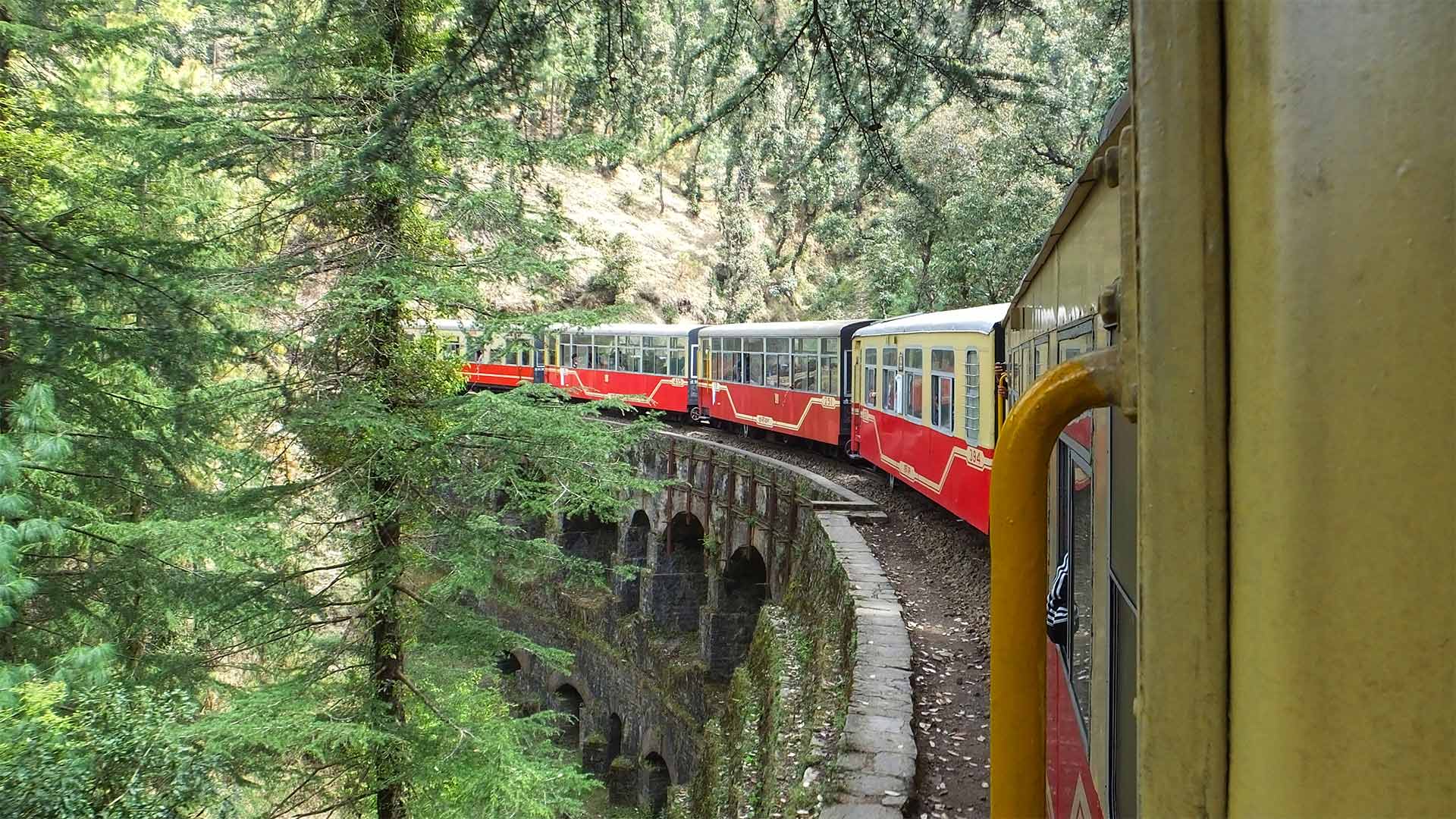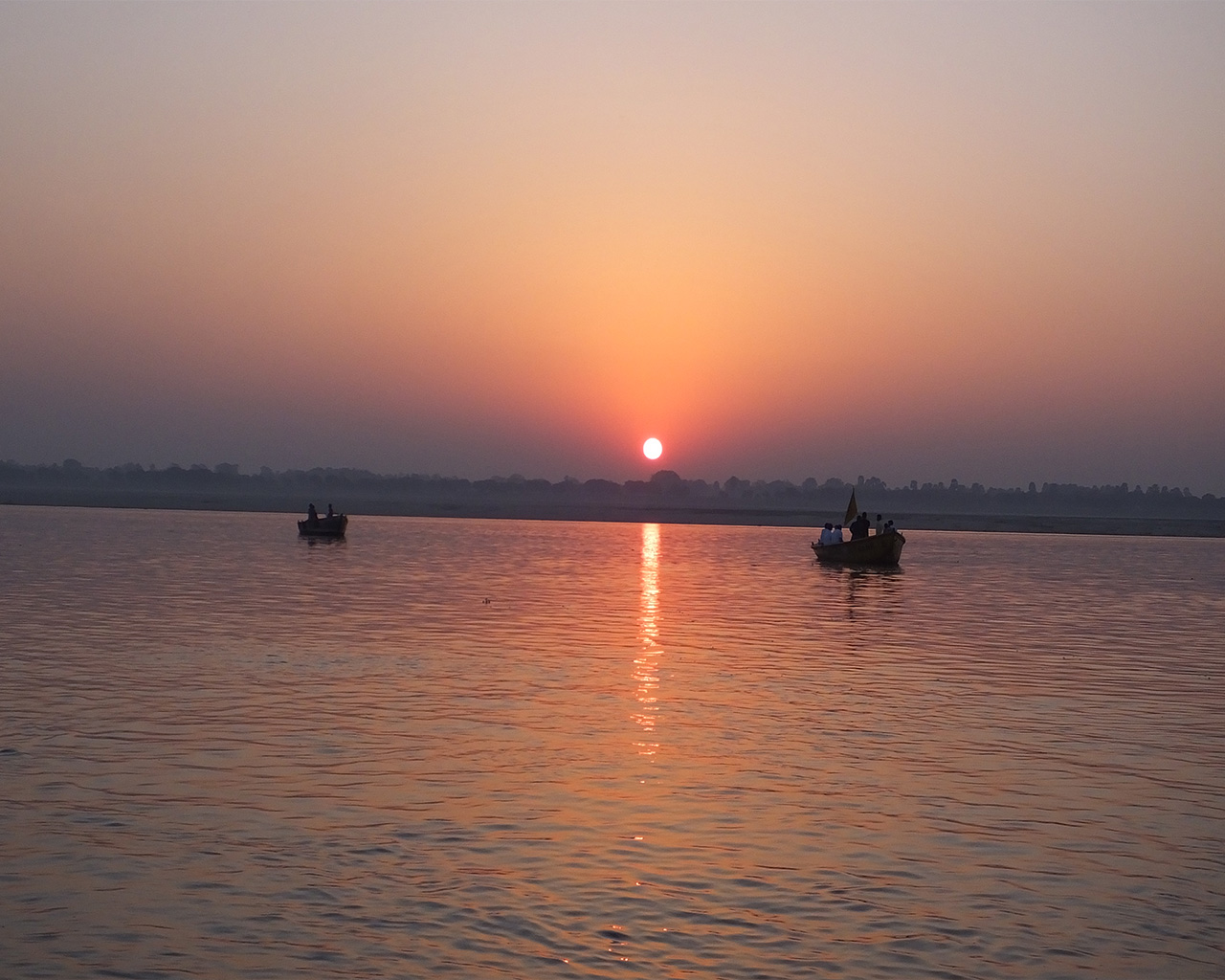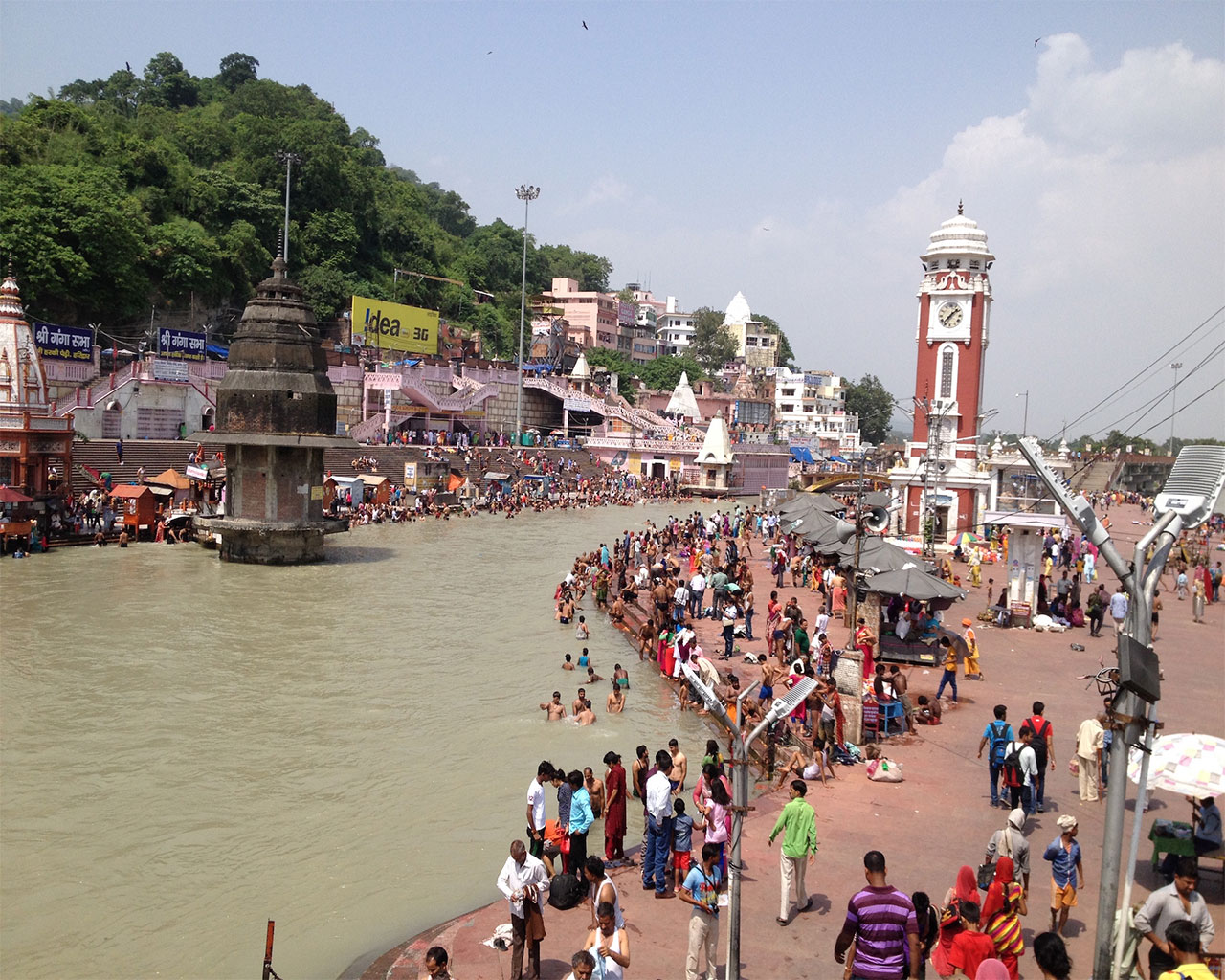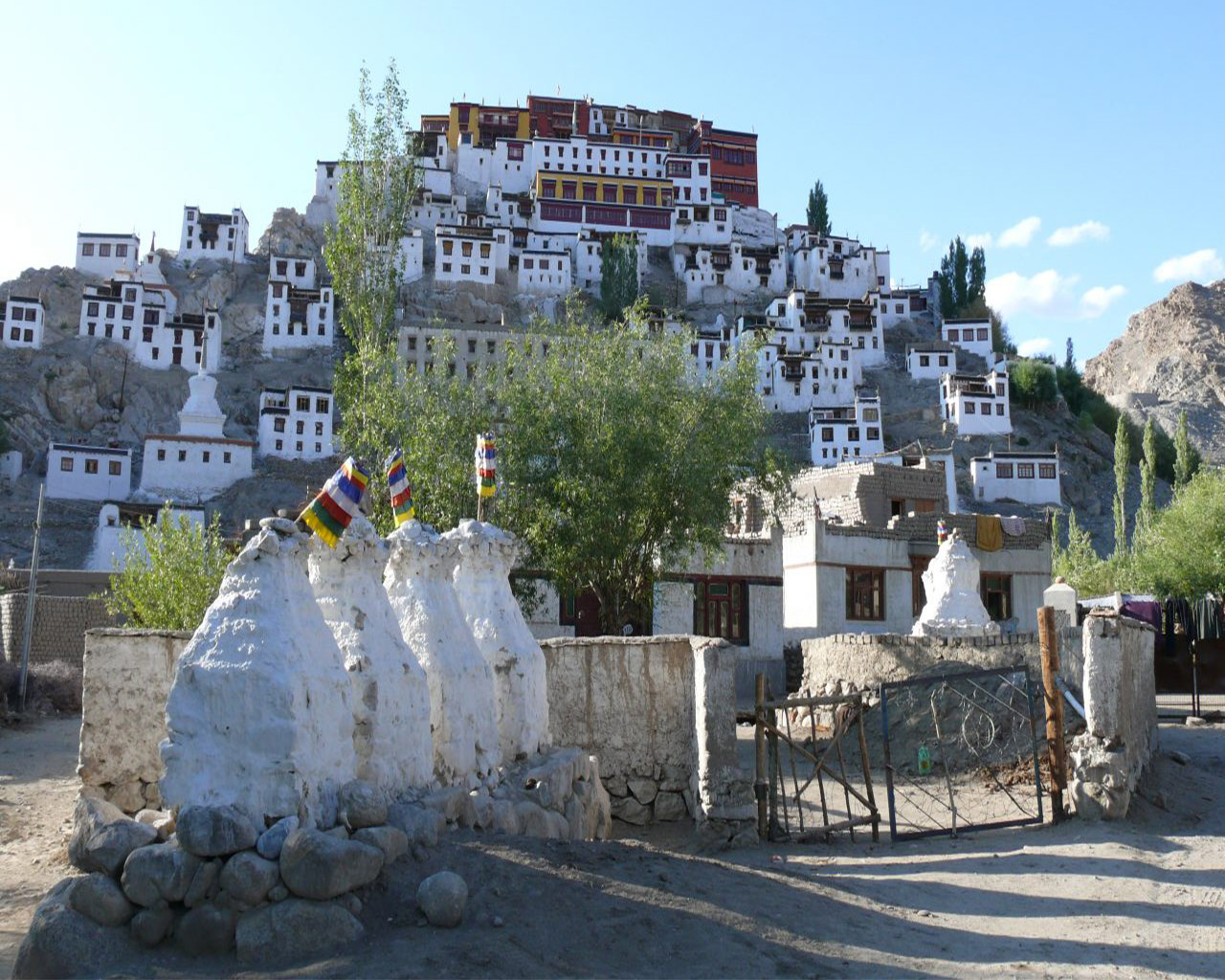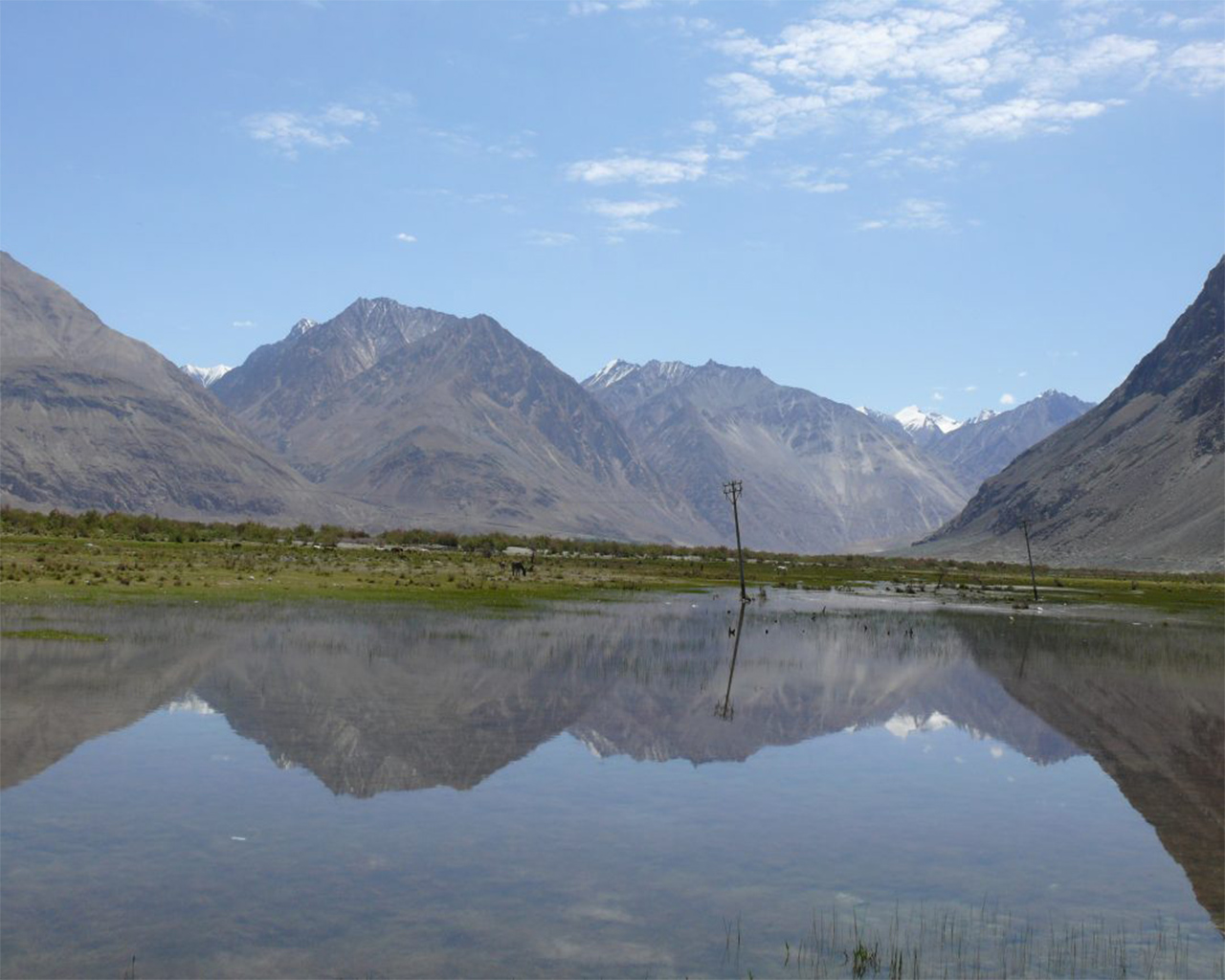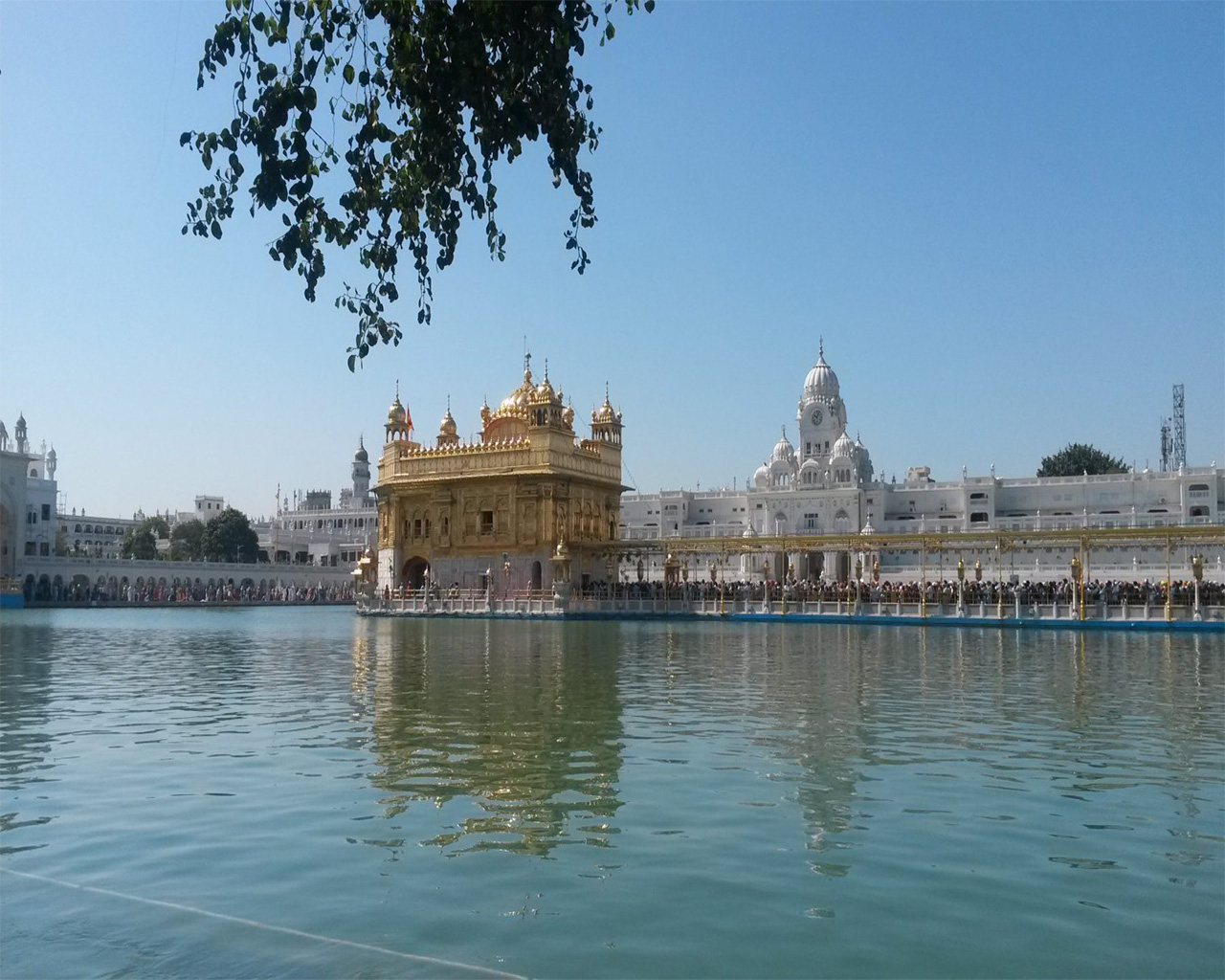NORTH INDIA
Compelling diversity
With palaces, deserts, monuments, mountains and raw spirituality, North India teems with life that is charming, mesmerising and confronting – sometimes simultaneously. Many faiths play a part in daily lives here. The Ganges is the holy river that is the source of life for Hindus. This mighty waterway rises from a glacier in the Himalayas life before flowing serenely past Varanasi, whose ghats are home to mystical ritual and sacred cremations. The Dalai Lama lives in Dharamsala, and thousands of pilgrims make their way to the UNESCO-listed Mahabodi temple in Bodhgaya, where Buddha attained enlightenment. For Sikhs, the Golden Temple in Amritsar is the centre of their holy universe.
So many contrasts in geography are packed into one region, from snowy peaks to gardens and houseboats in Kashmir, the lush greenery of Punjab and the dusty expanses of Rajasthan. From the gentle rhythms of rural villages to hectic cities and protected wilderness in national parks, the pace and the people change constantly.
Rulers, including Hindu dynasties, Islamic conquerors and the British Raj, have left their mark in rich layers of built heritage. The Taj Mahal in Agra is a Mughal mauseolum that is one of the most iconic buildings in the world.
So many contrasts in geography are packed into one region, from snowy peaks to gardens and houseboats in Kashmir, the lush greenery of Punjab and the dusty expanses of Rajasthan. From the gentle rhythms of rural villages to hectic cities and protected wilderness in national parks, the pace and the people change constantly.
Rulers, including Hindu dynasties, Islamic conquerors and the British Raj, have left their mark in rich layers of built heritage. The Taj Mahal in Agra is a Mughal mauseolum that is one of the most iconic buildings in the world.





